Polychrome decoration flowers and birds
Enameled Bronze
Late Meiji Era (1868/1912)
The cloisonné technique, which flourished in China in the 15th century and developed in Japan in the 19th century, involves decorating a metal base with glass pastes fired at high temperature. In the traditional process, known as yûsen shippô, a very thin wire of gold, silver or copper is used, which, attached with a special glue along the contours of the preliminary design, creates alveoli (cloisons) within which the colored glazes are inserted. There is also a more sophisticated method, practiced mainly in Kyôto, and known as musen shippô (lit. “without a trace of wire”), which does not involve the use of wire. In Japanese, the term shippô refers to the Buddhist notion of the “seven jewels,” or the seven precious materials: gold, silver, agate, coral, lapis lazuli, crystal, and mother-of-pearl, which are evoked by the brilliance of cloisonné colors.
Measurements: ∅ 76 cm



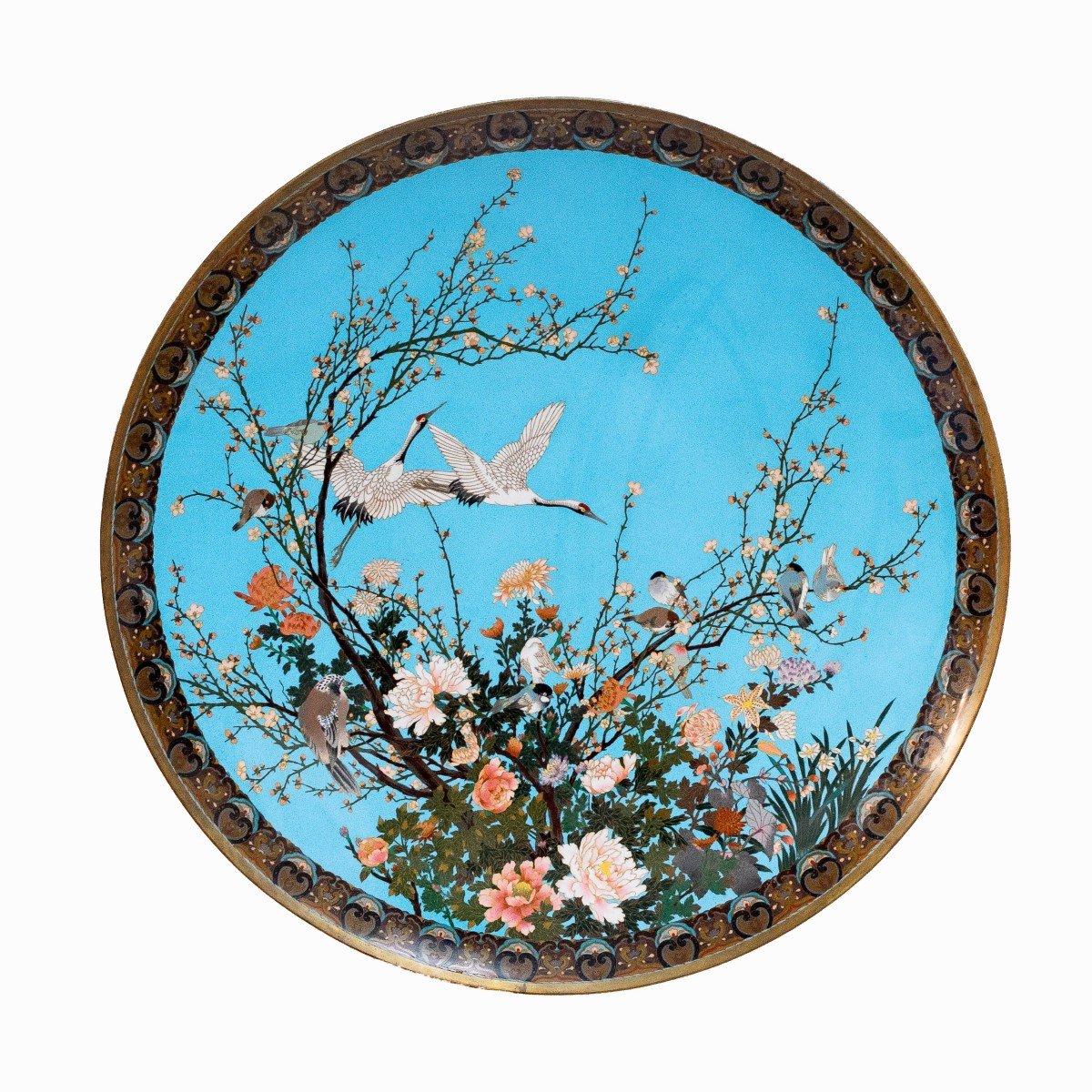






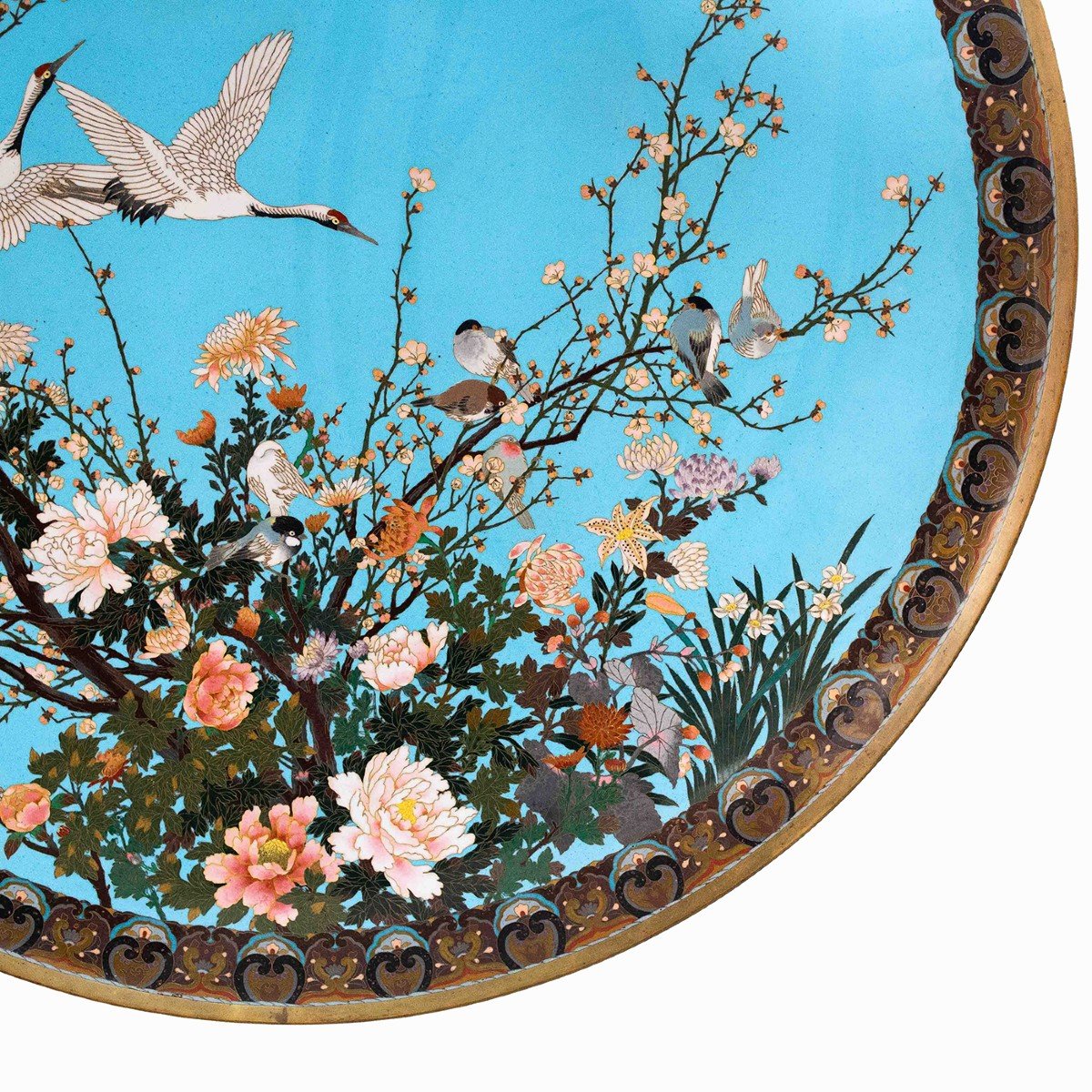


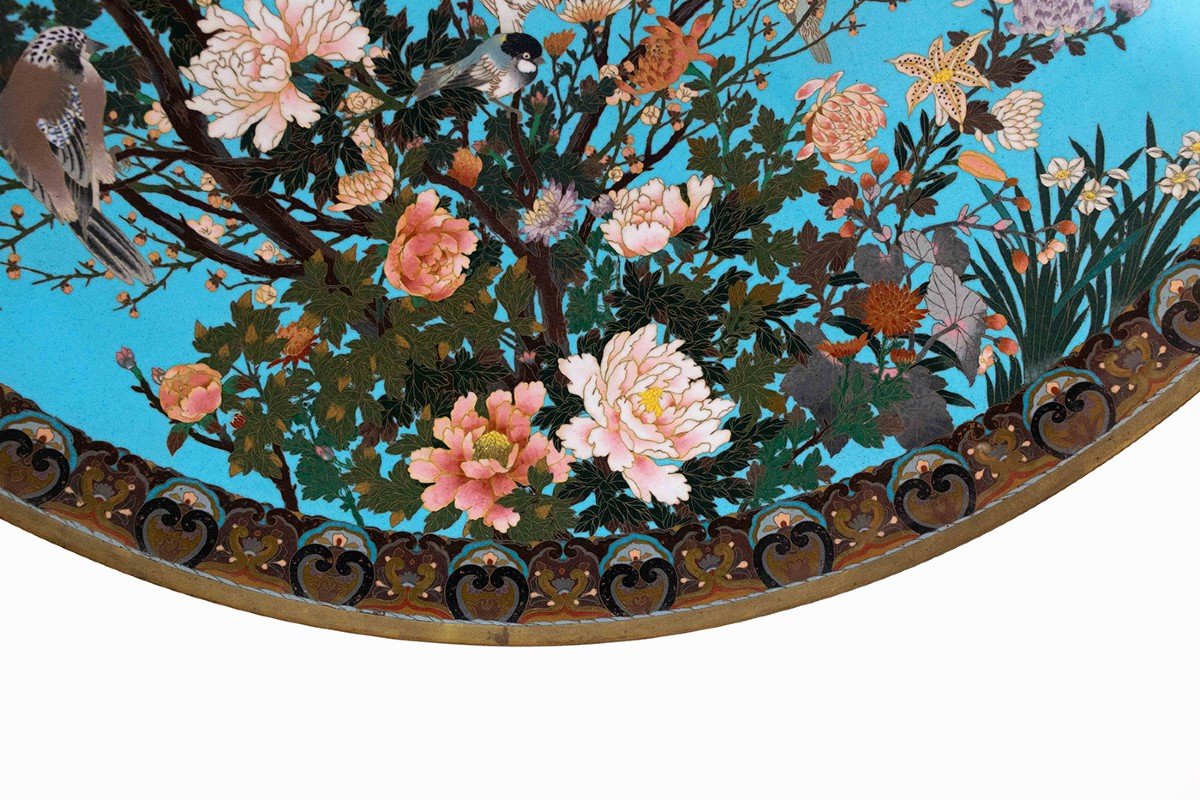



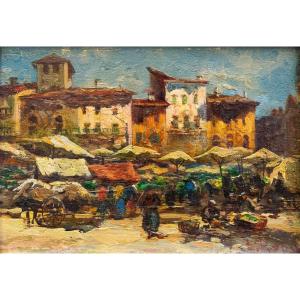
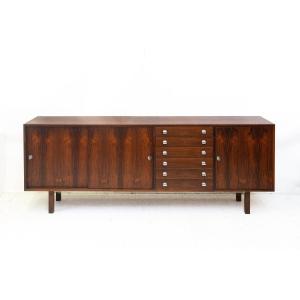
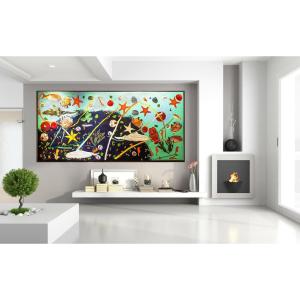




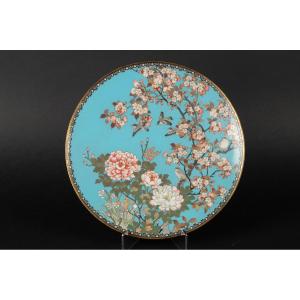





 Le Magazine de PROANTIC
Le Magazine de PROANTIC TRÉSORS Magazine
TRÉSORS Magazine Rivista Artiquariato
Rivista Artiquariato
